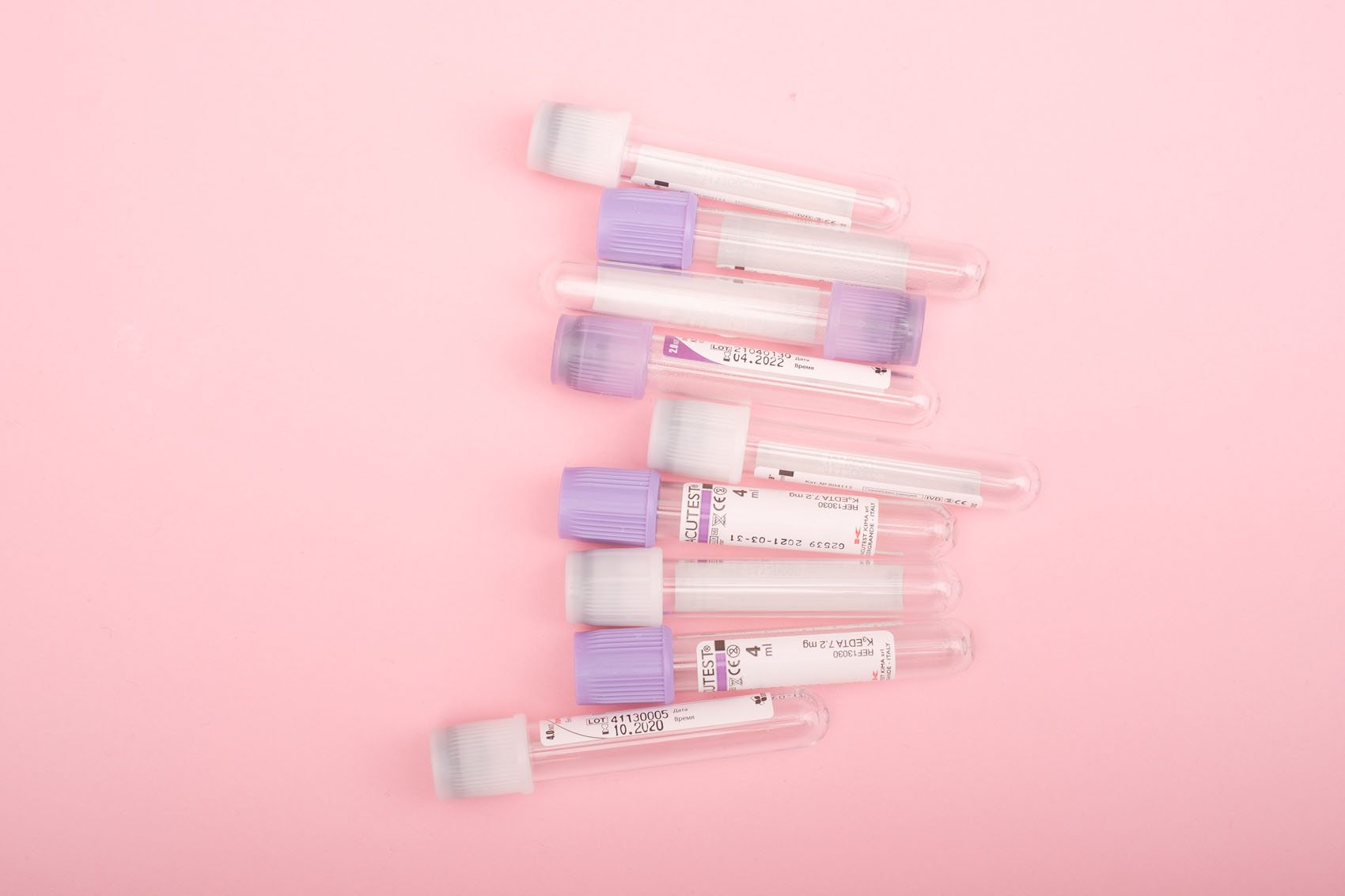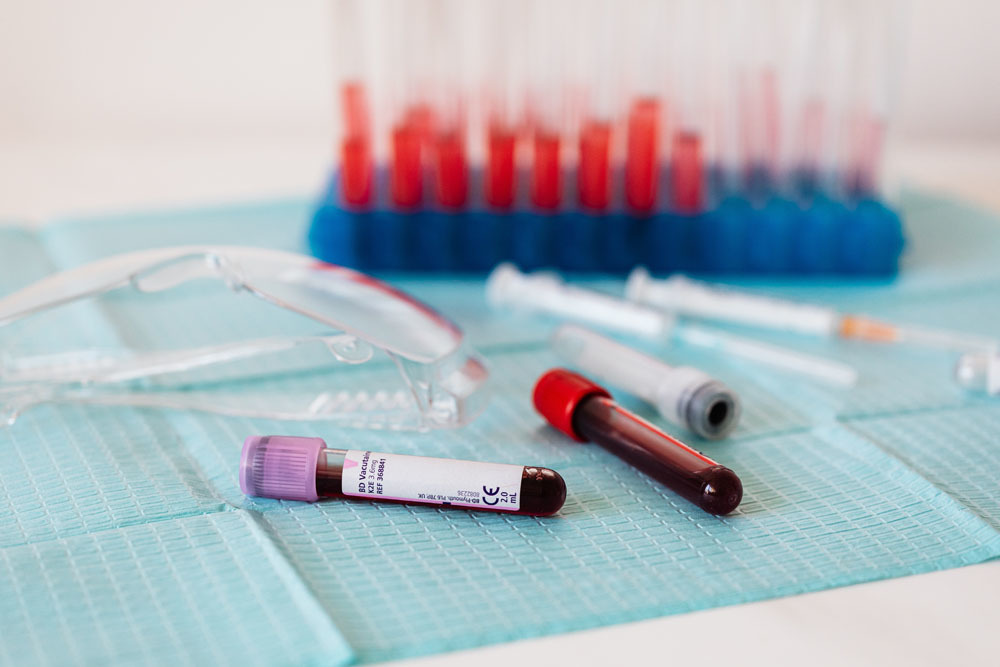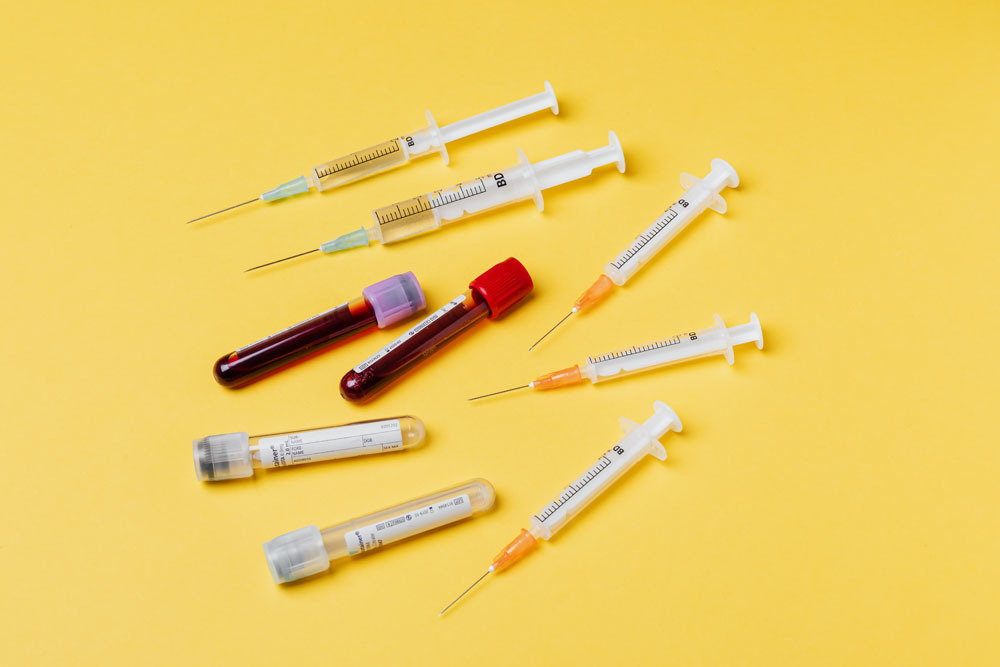
How Accessible Is COVID-19 Testing For Older People?
Standard testing centers or in-home tests.
Although the elderly are receiving priority for the COVID-19 vaccine, new variants of the virus mean that you still need to be vigilant about avoiding illness and get tested if you feel flu-like symptoms. Today, we talk about how in-home COVID-19 testing is the easiest, most accessible way for older people to get the answers they need.
Standard testing centers vs in-home COVID-19 testing
If you need a COVID-19 test, you have two options: standard testing centers or in-home tests. Let’s discuss the pros and cons of each option.
Standard testing centers
Standard testing centers are typically free of charge and include locations such as drive-ins, clinics, and urgent care centers. Los Angeles residents can find their closest testing center by using this free testing site finder.
Pros
- Testing centers are easy to find
- Your test is administered by a licensed medical professional
- Your test will either be free or covered by insurance
Cons
- The high demand for tests means that some testing centers have long lines or delays in results
- People with mobility considerations may have difficulty getting to and from a testing center
- You could potentially expose yourself or others to COVID-19

At-home COVID-19 testing
In-home COVID testing services such as Concierge MD LA offer the same tests as testing centers, but without the need for you to sit in traffic or wait in line for your appointment. Let’s talk about the pros and cons of this type of service.
Pros
- Your test is administered by a licensed clinician in the privacy and comfort of your home
- You don’t have to wait in long lines or traffic
- You don’t have to risk exposure to the virus while waiting in line
- Since you don’t have to go anywhere, in-home testing is ideal for anyone who has transportation issues or mobility/accessibility considerations
Cons
- In-home tests may not be covered by insurance
- You may need to pay out of pocket for in-home tests
- In-home testing may not be available in your area
What types of COVID-19 tests can you get at home? There are two types of COVID-19 diagnostics that you can get at home: RT-PCR and antigen tests.
RT-PCR
- The RT-PCR test is the gold standard of COVID-19 tests and is the most accurate type available, greatly reducing your chance of receiving an incorrect result.
- The RT-PCR test analyses fluids that are collected from the back of your sinus cavity for genetic material belonging to the SARS-CoV-2 (Covid-19) virus.
- This test is most commonly administered as a nasal swab, although some services now offer saliva tests.
- Your sample must either be sent to a lab for processing with results within 3 business days or processed onsite with results available within an hour (depending on the test you choose)

Antigen
- The antigen test analyses a sample of fluids collected from either your sinus cavity or your throat
- Your test can be processed immediately
- Your results are typically available within 15 - 30 minutes of your test
- The rapid test has a higher rate of incorrect results (false positive and negatives) than the RT-PCR test
Are DIY in-home COVID-19 test kits effective?
If you’ve heard about DIY COVID-19 test kits, you may be wondering if these are effective. In short, yes. All COVID-19 tests authorized under the FDA’s emergency use authorization must meet a minimum threshold of standards in order to be available for public use.
DIY kits come with the instructions, equipment, and packaging needed for you to self-administer your test and send it to a lab for processing. Unlike in-home services, the results from these tests are generally not available immediately. In-home services also take care of the processing and interpreting your results for you, and provide guidance if your test does come back positive.
How does in-home COVID-19 testing work? In-home COVID testing is a very straightforward process, and the test itself only takes a few minutes. The exact details vary from service to service, but you can generally expect the following:
- You need to make an appointment with your provider and choose the type of test you want to get
- A registered nurse will arrive at your home at the designated time, equipped with medical-grade personal protective equipment and your test of choice
- Your nurse will administer the test and either process it onsite or send it to a lab, depending on the type of test you chose
- When your results are available, your nurse will explain them to you and provide recommendations if you do test positive











